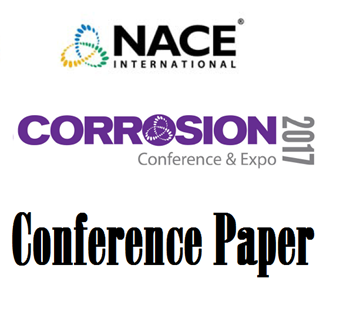Search
Individual Conference Papers
View as
Sort by
Display
per page
Methodology for Coated Infrastructure Inspection by Mobile Potentiostat
Product Number:
41215-912-SG
Publication Date:
2015
$20.00
Methodology For The Evaluation Of Batch Corrosion Inhibitor Films And Their Integrity
Product Number:
51321-16632-SG
Publication Date:
2021
$20.00
Methodology Of Batch Inhibition Applied For TLC Mitigation
Product Number:
51321-16751-SG
Publication Date:
2021
$20.00
Methodology to Estimate Edge Effect on Direct Current Cathodic Protection Coupons
Product Number:
51317--8976-SG
ISBN:
8976 2017 CP
Publication Date:
2017
$20.00
Methodology to Evaluate the Performance of Liquid Scavenger Application Technologies in Gas Pipelines
Product Number:
51323-19302-SG
Publication Date:
2023
$20.00
Methods for Construction of Pitting Engineering Diagrams of Stainless Steels Used for Water Systems
Product Number:
51323-19246-SG
Publication Date:
2023
$20.00
Methods for the Measurement of Surface Profile in the Field
Product Number:
41210-538-SG
Publication Date:
2010
$20.00
Methods of Monitoring Reinforced Concrete Corrosion in Formulations for Nuclear Facilities
Product Number:
51317--9154-SG
ISBN:
9154 2017 CP
Publication Date:
2017
$20.00
Methods to Assess Carburization Damage and Remaining Life in Fired Heater Tubes
Product Number:
51323-18771-SG
Publication Date:
2023
$20.00
MIC Impact on Mechanical Property Degradation of X80 Pipeline Steel by A Sulfate Reducing Bacterium
Product Number:
51321-16274-SG
Publication Date:
2021
$20.00
MIC Risk Assessment of Sea Water Injection Systems: the Genome Centric Approaches
Product Number:
51324-20699-SG
Publication Date:
2024
$40.00
Micellization And Inhibition Efficiency
Product Number:
51321-16872-SG
Publication Date:
2021
$20.00












